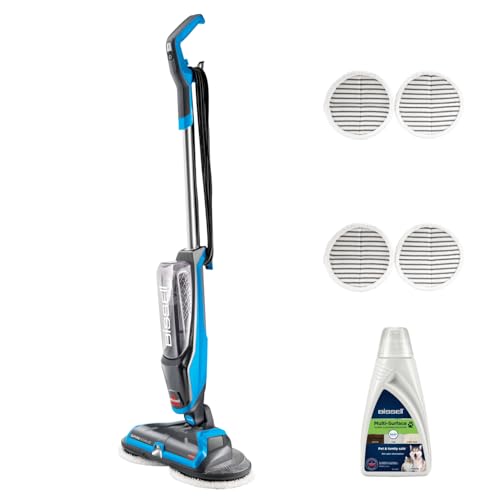
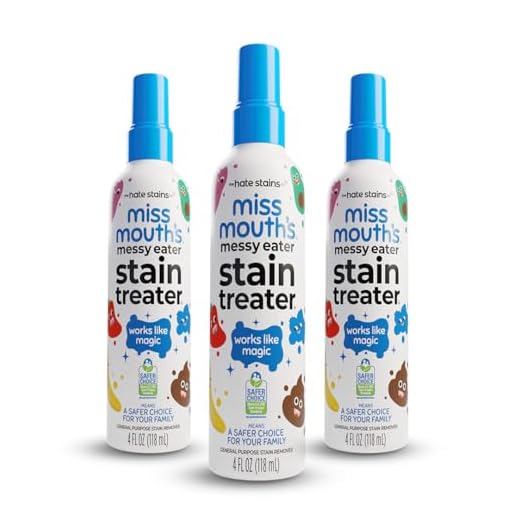



When it comes to washing baby clothes, new parents can sometimes feel overwhelmed. Babies have sensitive skin, and it’s important to take extra care when laundering their garments. In this step-by-step guide, we’ll walk you through everything you need to know about washing baby clothes.
Step 1: Separate the clothes
Start by separating your baby’s clothes into different piles. Sort them by color, fabric, and level of dirtiness. This will help ensure that you don’t accidentally mix colors or fabrics that could bleed onto other clothes. It will also make it easier to address any stains or heavily soiled items.
Step 2: Pre-treating stains
If you notice any stains on your baby’s clothes, it’s important to pre-treat them before washing. Use a mild baby laundry detergent and gently scrub the stain with a soft brush or your fingers. Avoid using harsh chemicals or bleach, as they can irritate your baby’s delicate skin.
Step 3: Choosing the right detergent
When selecting a detergent for your baby’s clothes, opt for a hypoallergenic and fragrance-free option. These detergents are specifically formulated for sensitive skin and are less likely to cause irritation or allergic reactions. Avoid using fabric softeners or dryer sheets, as they can leave residue on the clothes.
Step 4: Washing and drying
Set your washing machine to a gentle cycle and use cold or warm water. Avoid using hot water, as it can shrink or damage the clothes. Once the washing cycle is complete, transfer the clothes to the dryer or hang them outside to air dry. If using a dryer, select a low heat setting to prevent shrinking or overheating the garments.
Expert Tip: To maintain the softness of your baby’s clothes, consider using wool dryer balls instead of fabric softeners. They help reduce drying time and eliminate static cling.
Step 5: Ironing and folding
If necessary, ironing baby clothes should be done at a low temperature to avoid damaging the delicate fabrics. Once everything is clean and dry, take the time to fold the clothes neatly for easy storage. Label each pile according to size or type of garment to make dressing your little one a breeze!
By following these simple steps and expert tips, you can ensure that your baby’s clothes are clean, soft, and safe for their sensitive skin. Remember to always check the care labels on the garments for any specific washing instructions and adjust your laundry routine accordingly.
How to Wash Baby Clothes: A Step-by-Step Guide
When it comes to washing baby clothes, it’s important to take extra care to ensure that they are clean and safe for your little one. Follow this step-by-step guide to properly wash your baby’s clothes:
- Sort the clothes: Separate the baby clothes into different piles based on their colors and fabric types. This will help prevent colors from bleeding and ensure that delicate fabrics are handled properly.
- Pre-treat stains: Check each garment for stains and treat them with a baby-friendly stain remover or a mild detergent. Gently rub the solution into the stained area and let it sit for a few minutes before washing.
- Choose a gentle detergent: Use a mild, baby-specific detergent that is free from fragrances and harsh chemicals. Look for detergents that are specially formulated for sensitive skin.
- Wash in cold water: Set your washing machine to a cold water setting. Hot water can cause baby clothes to shrink and fade, so it’s best to wash them in cold water.
- Use a gentle cycle: Select the gentle cycle option on your washing machine. This will help protect the delicate fabrics and prevent excessive wear and tear.
- Avoid fabric softeners: Skip the fabric softeners as they can irritate your baby’s sensitive skin. Instead, consider using vinegar as a natural fabric softener.
- Air dry or tumble dry on low: Baby clothes are usually made of delicate fabrics that can get easily damaged in a high heat dryer. It’s best to either air dry them or tumble dry on a low heat setting.
- Remove promptly and fold: Once the clothes are dry, remove them promptly from the dryer to prevent them from wrinkling. Fold them neatly and store them in a clean and dry place until they are ready to be used.
By following these steps, you can ensure that your baby’s clothes are properly cleaned and cared for, keeping them fresh and safe for your little one to wear. Remember to always read and follow the care instructions provided by the clothing manufacturer for best results.
The Importance of Properly Washing Baby Clothes
Washing baby clothes may seem like a simple task, but it is important to do it properly to ensure the safety and comfort of your little one. Here are several reasons why properly washing baby clothes is essential:
1. Protecting Sensitive Skin
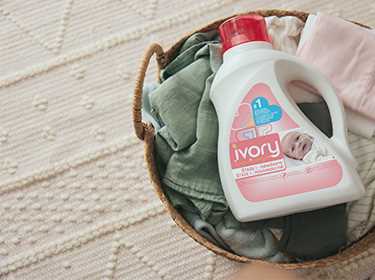
Baby’s skin is delicate and sensitive, and it is more prone to irritation and allergies than adult skin. When you wash their clothes, it is crucial to use gentle and hypoallergenic detergents to avoid any potential irritants. By properly washing baby clothes, you can help protect their sensitive skin from rashes, redness, and discomfort.
2. Removing Germs and Bacteria
Babies have weaker immune systems, making them more vulnerable to illness. Their clothes can easily accumulate germs, bacteria, and other contaminants, especially if they have been in contact with bodily fluids or have been used outdoors. Properly washing baby clothes helps eliminate these harmful microorganisms, reducing the risk of your baby getting sick.
3. Maintaining the Clothing’s Quality
Baby clothes tend to be more delicate than adult clothing, often made with softer fabrics and intricate designs. By following the proper washing instructions, you can prevent damage to the clothing, such as shrinking, fading, or stretching. This will help the clothes last longer, ensuring that your baby can continue to wear them comfortably.
4. Removing Stains and Odors
Baby clothes are no stranger to stains and odors, whether it’s from spit-up, diaper blowouts, or food spills. Properly washing baby clothes can help remove these stubborn stains and unpleasant smells. It is recommended to pre-treat any stains before washing to improve the chances of complete stain removal.
5. Avoiding Allergens and Irritants
Baby clothes can come in contact with various allergens and irritants such as dust mites, pet dander, and pollen. These can cause allergic reactions or irritate your baby’s skin. By properly washing baby clothes, you can minimize exposure to these allergens and create a safe and comfortable environment for your little one.
6. Ensuring Proper Hygiene
Properly washing baby clothes is crucial for maintaining good hygiene. Regular washing removes dirt, sweat, and oils that can accumulate on the clothing’s surface. This helps prevent odors and keeps your baby’s clothes fresh and clean.
By understanding the importance of properly washing baby clothes and following the necessary steps, you can ensure that your baby’s clothes are clean, safe, and comfortable. Paying attention to the materials, detergents, and washing instructions can make a significant difference in your baby’s overall well-being.
Step 1: Sorting Baby Clothes by Fabric and Colour
Properly sorting baby clothes before washing is essential to ensure they stay in good condition and maintain their vibrant colors. Sorting by fabric and colour helps to prevent color bleeding and fabric damage.
1. Separate Clothes by Fabric Type
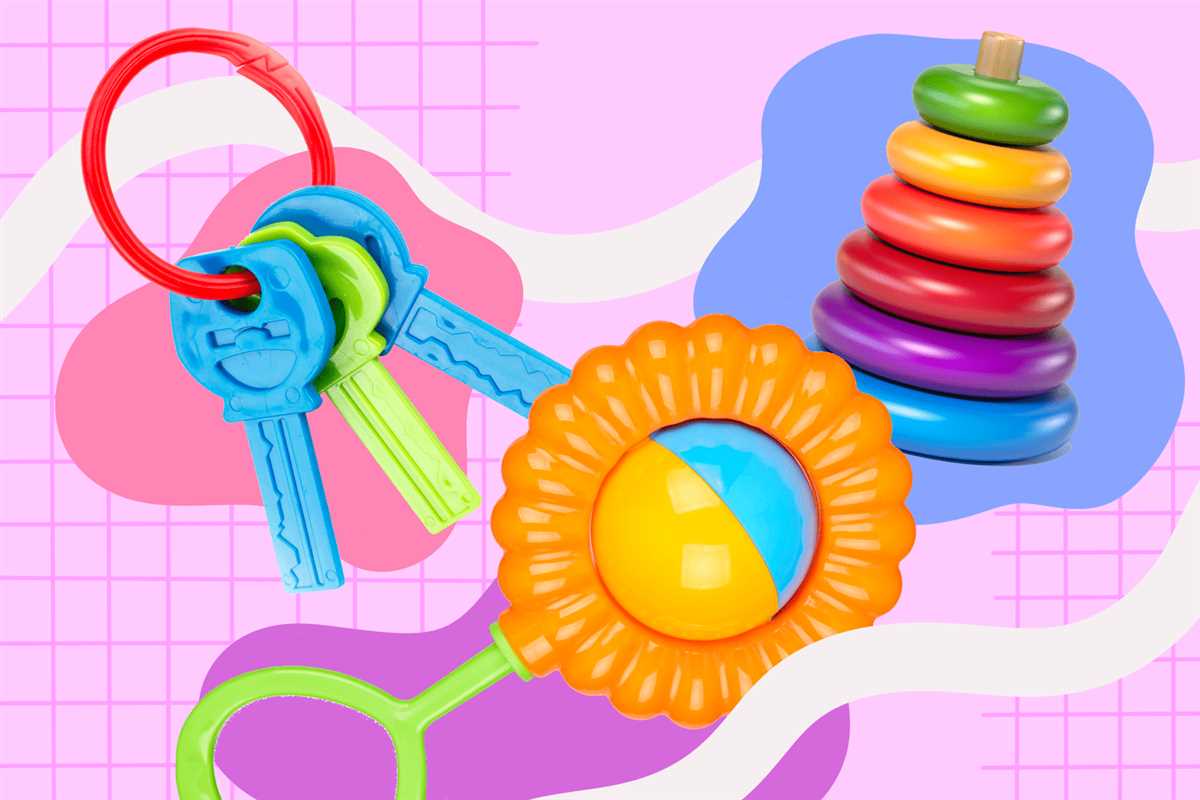
Start by examining the labels on the baby clothes to identify their fabric type. Sort them into different piles based on the fabric, such as cotton, polyester, wool, or delicate fabrics like silk or lace.
Tips:
- Some clothes may have a blend of fabrics, so be sure to sort them accordingly based on the predominant fabric.
- If there are clothes with specific washing instructions, such as “dry clean only,” set them aside to be handled separately.
- Separating the clothes by fabric type allows for selecting the appropriate wash cycle and drying method for each fabric.
2. Group Clothes by Colour
Once you have sorted the baby clothes by fabric, further separate them into color groups to prevent color bleeding and maintain the brightness of the clothes. This step is especially important if you have brightly colored or dark clothes.
Tips:
- Group whites, pastels, and light-colored clothes together.
- Separate dark-colored and brightly colored clothes to avoid color bleeding.
- If you have clothes with stains, segregate them to treat them separately.
3. Create a Sorting System
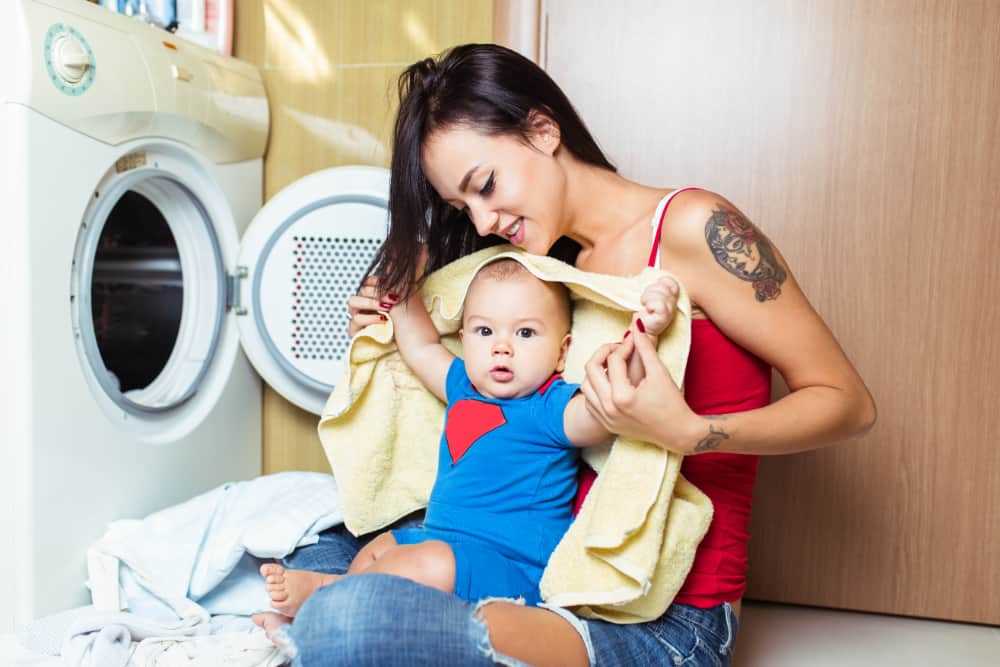
To make the washing process more organized, consider establishing a sorting system for your baby clothes. This can be as simple as using separate laundry bins or bags labeled with the fabric type or color group.
Tips:
- Using a sorting system will make it easier to load the machine and efficiently choose the appropriate settings for each batch of clothes.
- Label the laundry bins or bags with clear instructions to remind yourself and others in your household about the sorting system.
- Regularly update your sorting system to accommodate any new baby clothes or changes in fabric and color preferences.
By sorting baby clothes by fabric and color, you can ensure that each load is washed under the proper conditions, minimizing the risk of damage and keeping the clothes in great condition for your baby to wear.
Step 2: Pre-Treating Stains on Baby Clothes
When it comes to baby clothes, stains are inevitable. From spit-up to diaper blowouts, babies have a way of creating messes. Pre-treating stains before washing is essential to ensure the best chance of removing them completely. Here’s a step-by-step guide on how to pre-treat stains on baby clothes:
- Identify the stain: Start by identifying the type of stain on the baby clothes. Common stains include formula or breast milk, baby food, poop, urine, and spit-up.
- Blot or scrape the excess: If there is excess substance on the garment, gently blot or scrape it off using a spoon or a piece of cloth. Be careful not to spread the stain or rub it further into the fabric.
- Rinse with cold water: Rinse the stained area with cold water as soon as possible. The cold water helps prevent the stain from setting in. Hold the fabric under a running faucet or soak it in a basin, and gently rub the stain to loosen it.
- Apply a stain remover: After rinsing, apply a baby-friendly stain remover directly to the stain. There are many stain remover options available on the market, but make sure to choose one that is safe for baby clothes and gentle on their sensitive skin. Follow the instructions on the stain remover’s packaging for the best results.
- Gently rub or brush the stain remover: Use a soft brush or your fingers to gently rub or brush the stain remover into the fabric. Be careful not to scrub too hard, as it can damage the garment.
- Let it sit: Allow the stain remover to sit on the garment for the recommended amount of time. This will vary depending on the product you are using. Consult the instructions to determine the appropriate duration.
- Wash as usual: Once the stain has been pre-treated, launder the baby clothes as you normally would. Follow the care instructions on the garment’s tag, using a gentle detergent suitable for baby clothes.
Remember, the sooner you tackle a stain, the better chance you have of removing it completely. The pre-treatment process may need to be repeated for particularly stubborn stains. Be patient and persistent, and your baby’s clothes will stay clean and fresh.
Step 3: Choosing the Right Detergent for Baby Clothes
Choosing the right detergent for washing your baby’s clothes is crucial, as their delicate skin can be easily irritated by harsh chemicals found in some laundry detergents. Here are some tips to help you make the best decision:
- Look for a gentle detergent: Opt for a detergent that is specifically formulated for baby clothes. These detergents are usually free from harsh chemicals and fragrances that can irritate a baby’s sensitive skin. Look for labels that mention “baby” or “hypoallergenic”.
- Avoid fragrances: Fragrances in laundry detergents can cause skin irritations and allergic reactions. Choose a detergent that is fragrance-free to minimize the risk of any adverse reactions.
- Check for allergens: Some babies may be allergic to certain ingredients, such as dyes or preservatives, found in laundry detergents. Look for a detergent that is free from common allergens or known irritants.
- Consider liquid versus powder: Both liquid and powder detergents can effectively clean baby clothes. However, liquid detergents tend to rinse more thoroughly and leave less residue, which can be beneficial for babies with sensitive skin.
- Avoid fabric softeners: Fabric softeners may leave a chemical residue on clothes that can irritate a baby’s skin. It is best to skip fabric softeners altogether when washing baby clothes.
When choosing a detergent for your baby’s clothes, it’s essential to prioritize their delicate skin’s safety and avoid any potential irritants. Always follow the manufacturer’s instructions for proper dosing and consider doing a test wash with a small amount of detergent to ensure there is no adverse reaction before washing all of your baby’s clothes.
Step 4: Washing Baby Clothes in the Machine

When it comes to washing baby clothes in the machine, there are a few things to keep in mind to ensure they stay clean and soft.
1. Sort Clothes
Begin by sorting the baby clothes into separate piles based on their colour and fabric type. This helps prevent colour bleeding and keeps delicate fabrics from being damaged.
2. Select the Right Detergent
Choose a mild and fragrance-free detergent that is specifically formulated for baby clothes. Regular detergents may be too harsh for the baby’s sensitive skin.
3. Set the Machine Settings
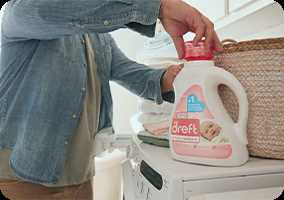
Check the care labels on the baby clothes to determine the appropriate water temperature and cycle setting for washing. Generally, it is recommended to use cold water and a gentle or delicate cycle.
4. Use a Mesh Bag
Place smaller or delicate baby clothes, such as socks, mittens, and onesies, in a mesh bag before placing them in the machine. This helps prevent them from getting lost or tangled during the wash cycle.
5. Add the Detergent
Measure and add the appropriate amount of detergent to the machine based on the recommended dosage for the load size. Be careful not to add too much detergent, as this can leave a residue on the clothes.
6. Start the Machine
Once everything is loaded and ready, start the machine and let it complete the wash cycle. Be patient and avoid opening the machine mid-cycle to prevent any potential damage to the clothes.
7. Remove and Dry
Once the wash cycle is complete, promptly remove the baby clothes from the machine to prevent them from getting wrinkled. Hang or lay them flat to dry, avoiding direct sunlight to prevent fading.
Following these steps will help keep your baby’s clothes clean, soft, and free from any potential irritants that could harm their delicate skin.
FAQ
What is the best way to wash baby clothes?
The best way to wash baby clothes is to use a gentle detergent specifically designed for babies. It is important to separate the clothes by color and fabric type, and wash them on a gentle cycle with cold water.
How often should I wash baby clothes?
It is recommended to wash baby clothes every 3-4 days to keep them clean and hygienic. However, if a garment becomes soiled or stained, it should be washed immediately to prevent the stain from setting.
Can I use regular detergent for washing baby clothes?
No, it is not recommended to use regular detergent for washing baby clothes. Regular detergents may contain harsh chemicals and fragrances that can irritate a baby’s sensitive skin. It is best to use a detergent specifically formulated for babies.
Should I use fabric softener when washing baby clothes?
No, it is best to avoid using fabric softener when washing baby clothes. Fabric softeners can leave a residue on the clothes that may irritate a baby’s delicate skin. Instead, choose a gentle detergent that will leave the clothes soft and comfortable.
What temperature should I wash baby clothes on?
It is recommended to wash baby clothes on a cold or warm water setting. Hot water can cause shrinkage and damage to the fabrics. Always check the care instructions on the garment label to ensure you are washing them at the appropriate temperature.









